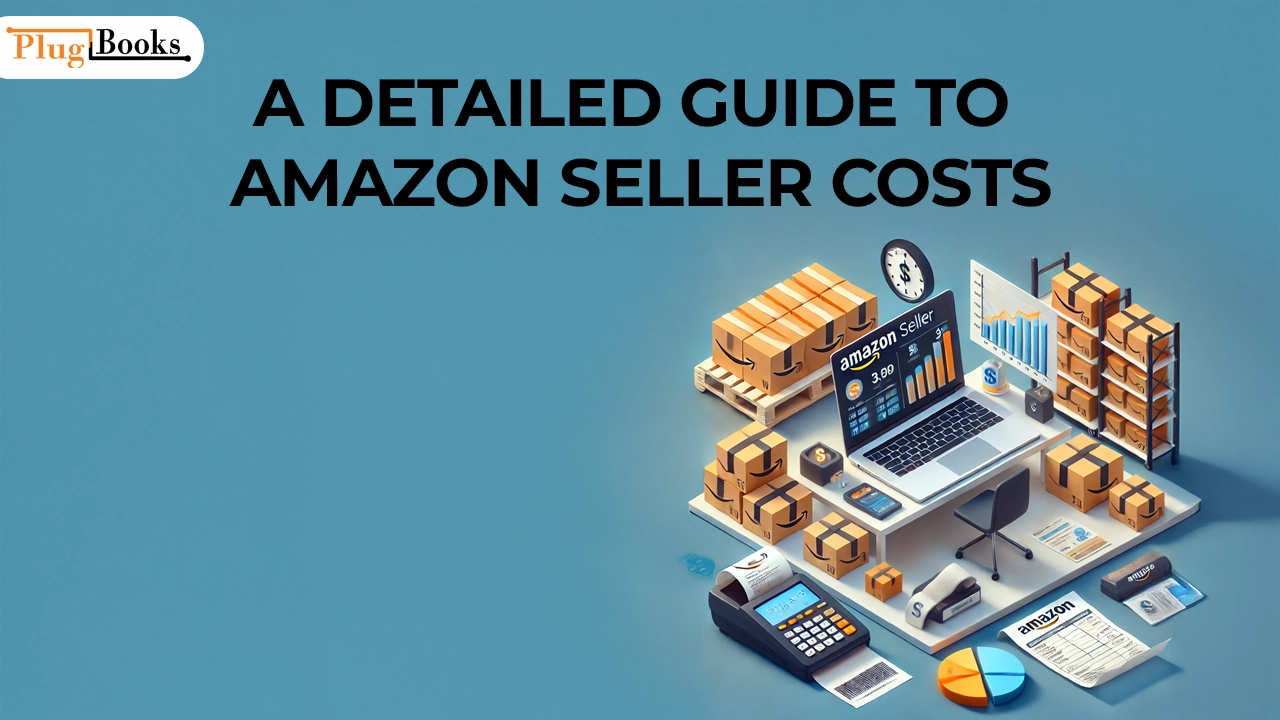Selling on Amazon can be a profitable venture, but understanding the true “Amazon seller cost” is essential to maximize your earnings and avoid surprises. Whether you’re a new seller or a seasoned entrepreneur, knowing the fees and costs associated with Amazon can help you plan better and boost profitability. Let’s break down everything you need to know.
What Are the Key Amazon Seller Cost?
When selling on Amazon, costs can vary depending on your business model and sales strategy. Here are the main costs to consider:
1. Amazon Subscription Fee
Amazon offers two types of seller plans:
- Individual Plan: $0.99 per item sold, ideal for sellers who sell fewer than 40 items per month.
- Professional Plan: $39.99 per month, suitable for businesses selling more than 40 items monthly or requiring advanced selling tools.
If you’re serious about scaling your business, the Professional Plan is the way to go.
2. Referral Fees
For every item sold, Amazon charges a referral fee based on the product category. This fee typically ranges from 6% to 45%, with most categories averaging around 15%.
3. Fulfillment Fees
If you’re using Fulfillment by Amazon (FBA), you’ll need to account for these charges:
- Fulfillment Fees: Based on the size and weight of your product.
- Storage Fees: Monthly fees for storing inventory in Amazon’s warehouses.
For example, during peak seasons like Q4, storage fees can significantly increase.
4. Closing Fees
For media items (e.g., books, DVDs), Amazon imposes a fixed closing fee of $1.80 per item.
5. Other Costs to Consider
- Advertising Fees: Running sponsored ads on Amazon.
- Returns Processing Fees: For returned items, Amazon charges a fee equivalent to the original referral fee.
- Inventory Removal Fees: Costs for removing unsold inventory from Amazon’s warehouses.
How to Manage Amazon Seller Cost Effectively
Reducing your “Amazon seller cost” doesn’t mean cutting corners. Instead, focus on optimizing these areas:
Optimize Your Product Listings
Invest time in crafting high-quality product titles, bullet points, and descriptions. This not only increases sales but also improves ad efficiency.
Leverage Data and Analytics
Use tools like Amazon Seller Central reports to track your expenses, analyze your sales, and pinpoint areas for improvement.
Choose the Right Fulfillment Method
Compare FBA and FBM (Fulfillment by Merchant) to determine which is more cost-effective for your business model.
Conclusion
Understanding “Amazon seller cost” is a crucial step toward building a successful Amazon business. By keeping track of subscription fees, referral fees, and fulfillment costs, you can make informed decisions and maximize profitability. Selling on Amazon is a journey—one where careful planning and cost management make all the difference.
For more helpful tips on managing your Amazon business, check out our resources at PlugBooks.io.




